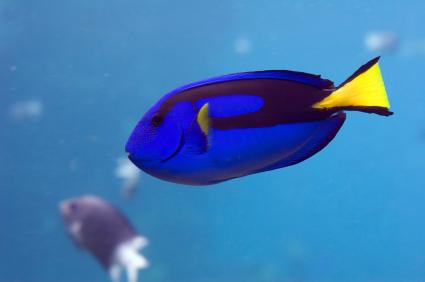For some time now I have been wanting to learn to quilt partly because I was keen to expand my skills but more recently I have been so inspired by the absolutely beautiful work that some of the ladies at our monthly Guild stitching afternoons do with hand embroidered blocks which are then included in larger quilts. So, on good advice by one of the ladies who lives close by I signed myself up to do a beginner's course at our local quilting shop and bought all the necessary equipment ie. a 1/4" foot for the sewing machine, cutting mat, ruler and a rotary cutter. The owner of the shop kindly helped and guided me with choosing a selection of 6 fabrics and explained how and why a variety of blending and contrasting colours are needed. So with sewing machine dusted off and a pencil and folder for hand-outs, I prepared for my first lesson.
The first part of the the first class concentrated on the basics such as safe use of the rotary cutter and its use with the ruler, fabric grains, how to straighten, square and cut fabric, pressing tips and the importance of using the 1/4" seam allowance measurement to ensure precise joining when sewing all seams together so they align perfectly.

The block on the left - called simply a 9 piece block - was our very first attempt and as you can see consisted of just small squares to make a large square, but this gave us a good introduction into choice of fabrics and how placement can give totally different effects. We were also taught the importance of order in which to sew the individual squares and then row by row and that by doing it that way it eliminated any chance of placement mistakes. The block on the right - called Rail Fence Block - was our 'homework' and whilst it looks complicated consisted of long strips of our chosen fabric sewn, pressed, cut and then placed in criss-cross order and then sewn. It was very important that the strips aligned perfectly otherwise the effect would've been lost.

The block for Week 2 (on the left) - Churn Dash Block - involved learning the technique of half square triangle pieces, in particular the trick to cutting and sewing on a diagonal so as not to stretch the fabric which would then of course affect perfectly matching the seams of the other squares. Having learnt that technique our 'homework' was the Sawtooth Star Block (on the right) where two triangles were joined onto the one rectangle piece before sewing onto the other squares. Fabric choice was important with this block so that a definite 'star' was obvious but just as important was the precision of the points of the star sewn into the seam so there were neither gaps nor overlap. It's with designs like these that you realise how important correct seam allowance is.

Last week our block - Variable Star - extended to learning 1/4 square triangles and once again carefully choosing fabric to create the effect and whilst looking complicated, it really is just a matter of being organised and concentrating on which pieces should be sewn together and double-checking as you go along to avoid mistakes. I was rather pleased with myself on this one as it all lined up perfectly first time.
For 'homework' this week we are hand appliqueing shapes onto background fabrics using Vleisofix - which for me will be the most enjoyable of all the blocks as it involves hand embroidery and the use of blanket stitch. There are 3 other ladies in the class and all of them don't embroider so they needed to buy embroidery needles, thread and shown how to stitch. Our teacher knew I was an embroiderer, and when she asked me if I was right for supplies I just gave her a 'you've got to be kidding' look and politely told her that I had plenty in my stash to choose from (she had NO idea how many threads are in my threadbox). Then with a chuckle, she facetiously asked me if I wanted a quick lesson in how to do blanket stitch to which I replied that I thought I'd be alright!!

Last night I chose fabrics from my dwindling supplies, cut and pressed the shape for applique on background fabric and agonised over which shades of thread to use. This afternoon and evening I plan to thoroughly and leisurely enjoy my Sunday by stitching and sewing this last block together. Next week we begin assembling all the blocks and so I'll post at a future stage on the progress of my beginner's quilt.
But for now, please excuse me - I have 'homework' to do.
Ros
'The difference between try and triumph is just a little umph' - Marvin Phillips






































